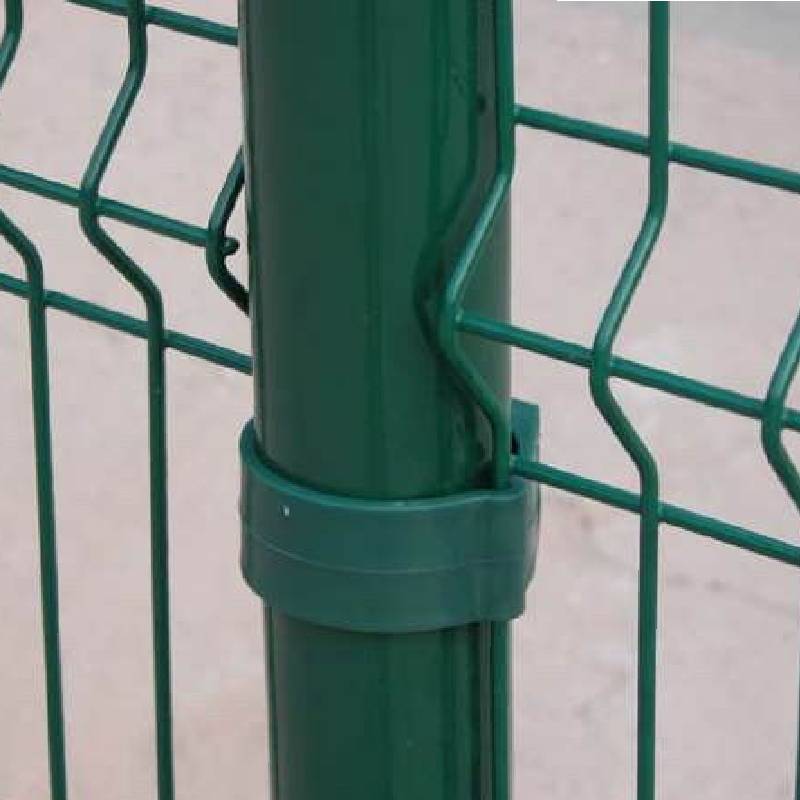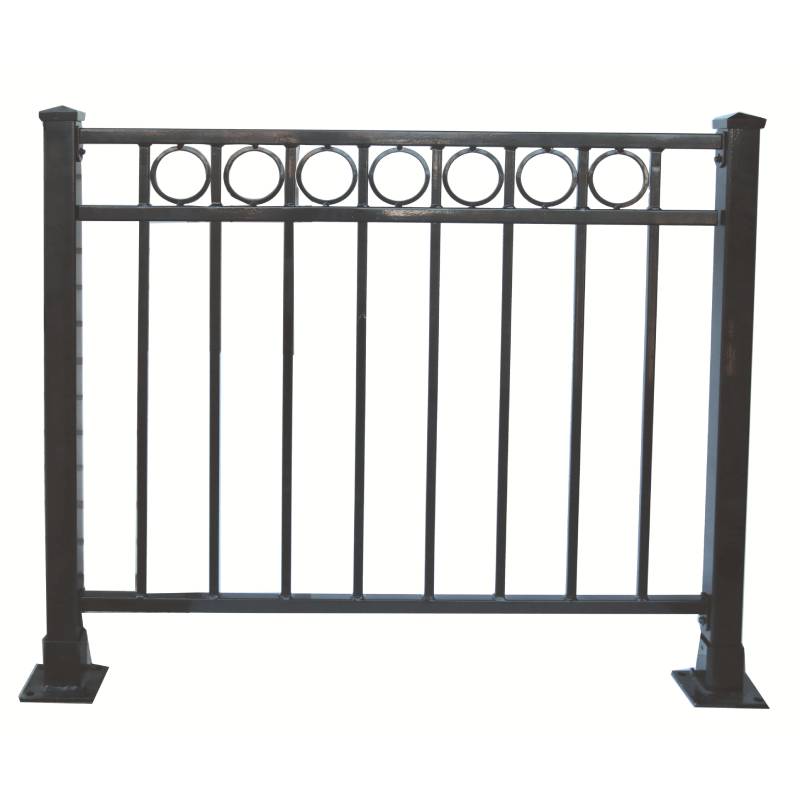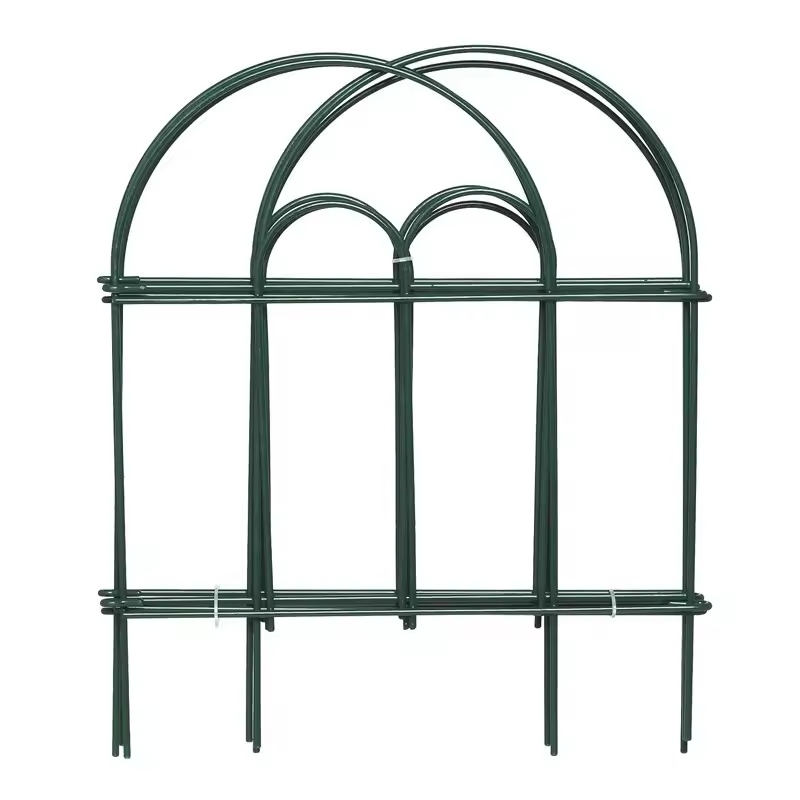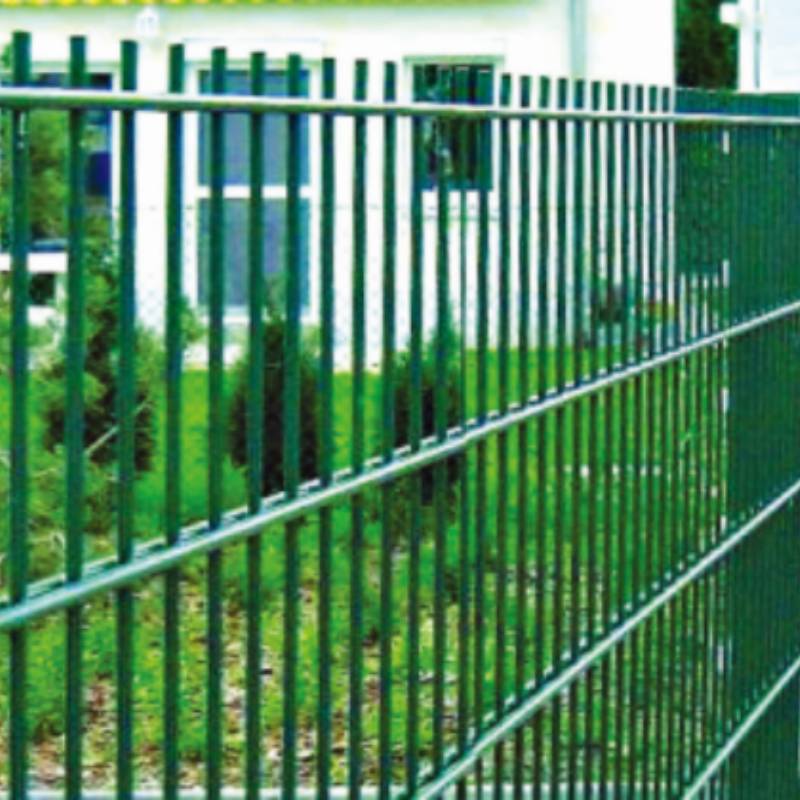-
E-mailem:zhao@hyliec.cn
-
Tel:+86 311 85273988
-
WhatsAPP:8613931128750
-
 Afričan
Afričan -
 albánský
albánský -
 amharština
amharština -
 arabština
arabština -
 arménský
arménský -
 ázerbájdžánský
ázerbájdžánský -
 baskický
baskický -
 běloruský
běloruský -
 bengálský
bengálský -
 bosenský
bosenský -
 bulharský
bulharský -
 katalánština
katalánština -
 Cebuano
Cebuano -
 Korsičan
Korsičan -
 chorvatský
chorvatský -
 čeština
čeština -
 dánština
dánština -
 holandský
holandský -
 Angličtina
Angličtina -
 esperanto
esperanto -
 estonština
estonština -
 finština
finština -
 francouzština
francouzština -
 fríský
fríský -
 galicijský
galicijský -
 gruzínský
gruzínský -
 Němec
Němec -
 řecký
řecký -
 Gudžarátština
Gudžarátština -
 haitská kreolština
haitská kreolština -
 hausa
hausa -
 havajský
havajský -
 hebrejština
hebrejština -
 ani náhodou
ani náhodou -
 Miao
Miao -
 maďarský
maďarský -
 islandský
islandský -
 igbo
igbo -
 indonéština
indonéština -
 irština
irština -
 italština
italština -
 japonský
japonský -
 jávský
jávský -
 Kannada
Kannada -
 kazašský
kazašský -
 khmerské
khmerské -
 Rwandské
Rwandské -
 korejština
korejština -
 kurdština
kurdština -
 kyrgyzština
kyrgyzština -
 TBC
TBC -
 latinský
latinský -
 lotyšský
lotyšský -
 litevský
litevský -
 lucemburský
lucemburský -
 makedonský
makedonský -
 Malgashi
Malgashi -
 malajština
malajština -
 malajálamština
malajálamština -
 maltština
maltština -
 maorští
maorští -
 maráthština
maráthština -
 mongolský
mongolský -
 Myanmar
Myanmar -
 nepálský
nepálský -
 norský
norský -
 norský
norský -
 okcitánština
okcitánština -
 paštština
paštština -
 Peršan
Peršan -
 polština
polština -
 portugalština
portugalština -
 pandžábština
pandžábština -
 rumunština
rumunština -
 ruština
ruština -
 Samoan
Samoan -
 skotská gaelština
skotská gaelština -
 srbština
srbština -
 Angličtina
Angličtina -
 Shona
Shona -
 Sindhi
Sindhi -
 sinhálština
sinhálština -
 Slovák
Slovák -
 slovinský
slovinský -
 somálský
somálský -
 španělština
španělština -
 sundánština
sundánština -
 svahilština
svahilština -
 švédský
švédský -
 Tagalog
Tagalog -
 tádžický
tádžický -
 tamilština
tamilština -
 Tatar
Tatar -
 telugština
telugština -
 thajština
thajština -
 turečtina
turečtina -
 turkmenský
turkmenský -
 ukrajinština
ukrajinština -
 Urdu
Urdu -
 ujgurské
ujgurské -
 uzbecký
uzbecký -
 vietnamština
vietnamština -
 velština
velština -
 Pomoc
Pomoc -
 jidiš
jidiš -
 jorubština
jorubština -
 Zulu
Zulu
Panelový plot
Wholesale Metal Fence Panels ?
Wholesale metal fence panels are a popular choice for those looking for durable and secure fencing solutions. These panels are often made steel materials providing a
strong and long-lasting option for garden fencing. They are available in various designs and sizes, making them suitable for a wide range of applications. Wholesale options offer cost-effective solutions for purchasing metal fence panels in bulk, making them ideal for contractors, landscapers, and property developers looking to install fencing on a larger scale.
Is It Cheaper To Buy Fence Panels Or Build Them?
The cost of buying fence panels versus building them can vary depending on several factors. In general, buying pre-made fence panels can be cheaper and more time-efficient than building them from scratch. Pre-made panels are mass-produced, which often makes them more cost-effective due to economies of scale. Additionally, purchasing fence panels can save on labor costs, as they are typically easier and quicker to install compared to building a fence from individual components. However, building a fence from raw materials allows for more customization and control over the design, which may be a priority for some individuals. It's important to consider the specific requirements, budget, and time constraints when deciding whether to buy or build fence panels.
How To Install A Panel Fence?
To install a panel fence involves several steps:
1. Measure and plan: Determine the length of the fence and calculate the number of panels needed. Plan the layout and ensure the fence posts are installed at the appropriate intervals to accommodate the panels.
2. Install the posts: Dig holes for the fence posts, ensuring they are deep enough to provide stability. Set the posts in concrete and allow them to cure before attaching the panels.
3. Attach the panels: Once the posts are set, attach the panels to the posts using appropriate fasteners such as screws or nails. Ensure the panels are level and properly aligned.
4. Add finishing touches: Depending on the type of panels used, additional finishing touches such as capping, trim, or paint may be required to enhance the appearance and durability of the fence.
5. Maintenance: Regular maintenance, such as cleaning and sealing, may be necessary to ensure the longevity of the fence panels.
It's important to follow the manufacturer's instructions and local building codes when paneling a fence to ensure proper installation and compliance with regulations. If in doubt, it's advisable to consult with a professional or seek guidance from experienced individuals.








